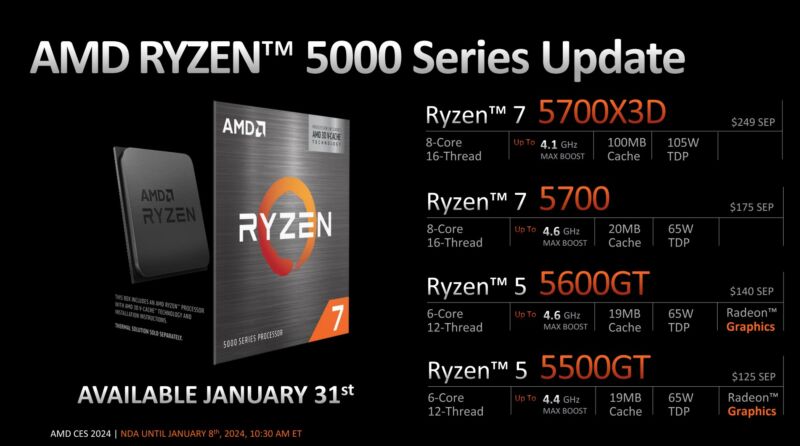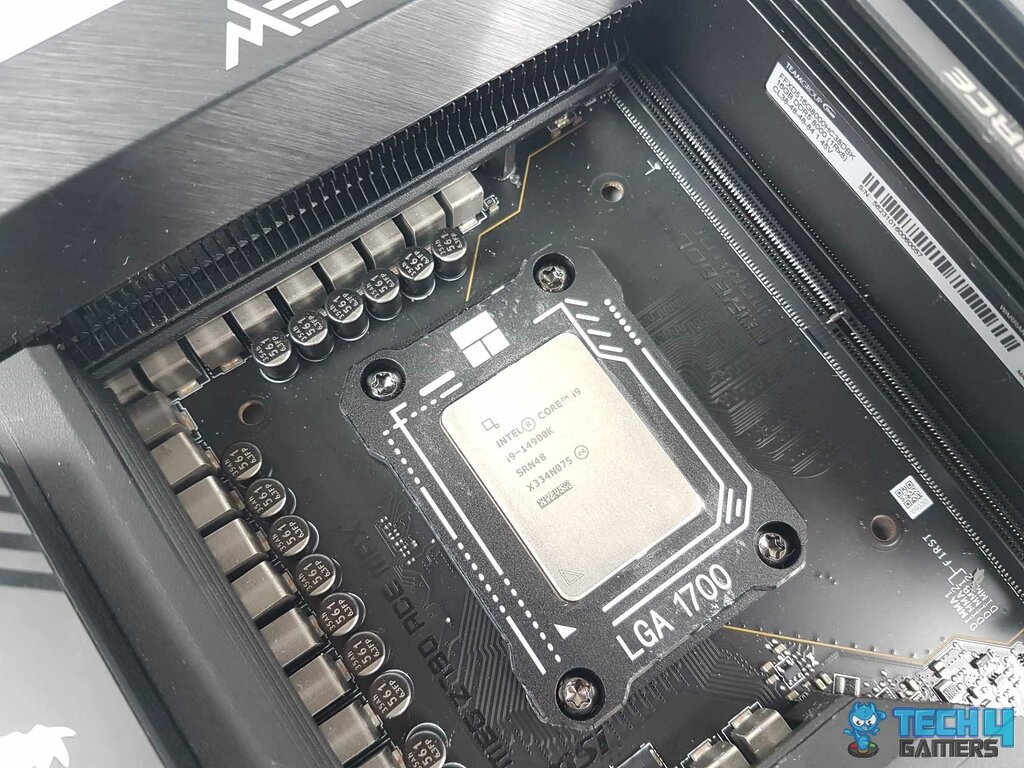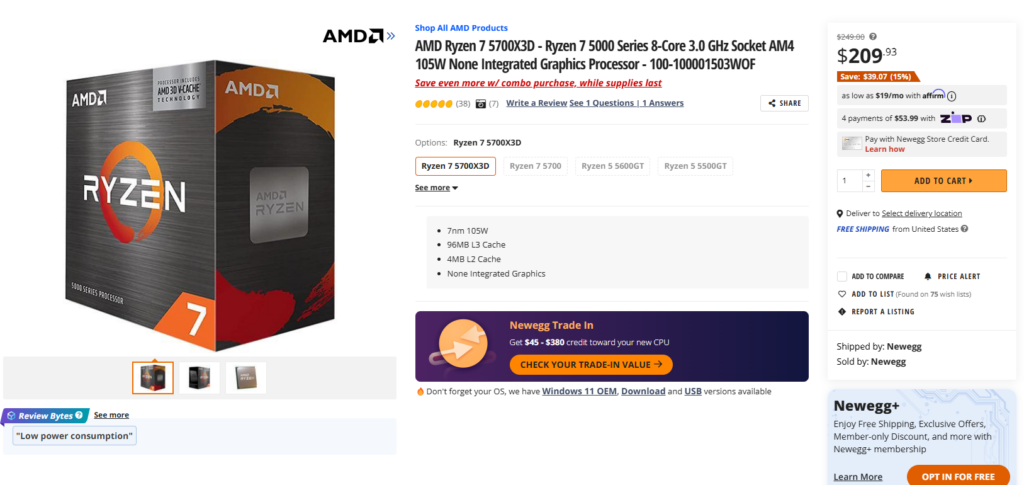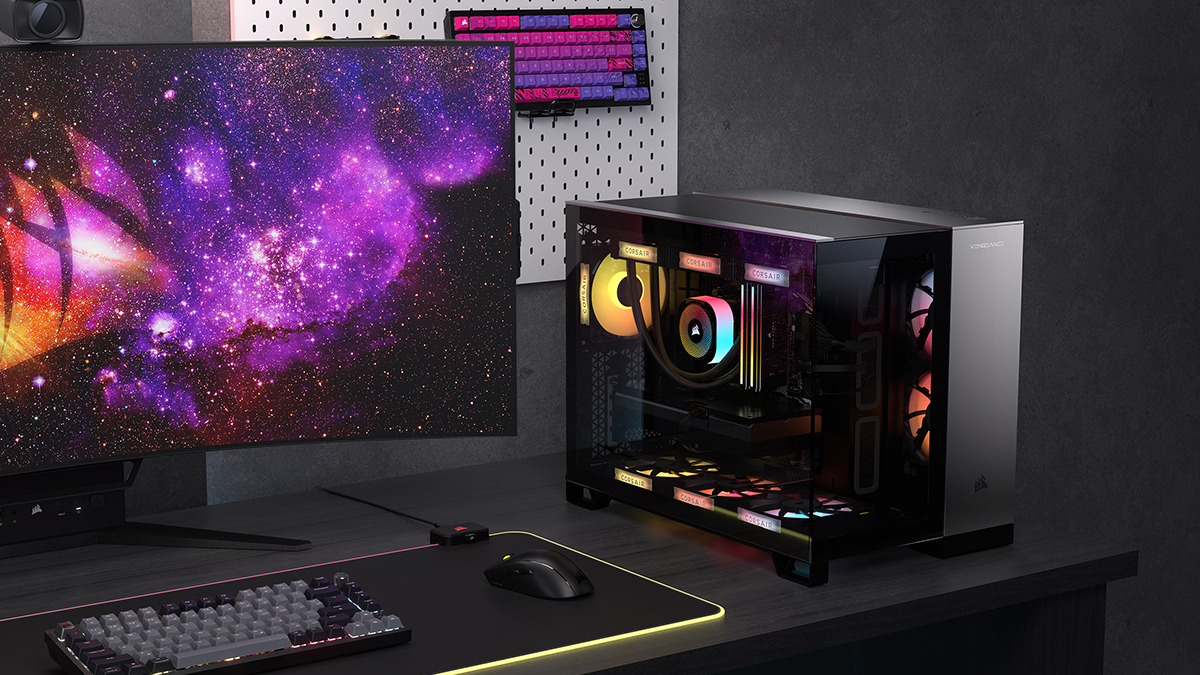- AMD released plenty of Zen 3 CPUs at much lower MSRP than previous iterations.
- Intel’s 14th generation provides marginal gains while costing the same and packing the risk of having multiple issues.
- The problems with Intel CPUs are not favorable enough to suggest them instead.
Intel and AMD both release a new generation of processors pretty much every year, which no doubt offers great value and performance gains, especially on the AMD side. Intel has made quite a few moves on their side, too, like increasing the number of cores/threads and providing support for one socket. By support, I mean the refreshes that both companies give to their older or current platforms by bringing new processors for consumers to buy.
However, to see who won the refresh battle of 2024, I have to go through some important points before drawing a conclusion, such as which side offers more value.
Lineup They Launched This Year
First, Intel refreshed its 13th-generation processors with the 14th generation. Why did I say that? Well, it’s because Intel’s 14th generation is basically the same 13th-generation processors, with marginal improvements in terms of performance and specs. All the processors differ in clock speed, and only the Core i7 14700K has a higher number of cores this time around among all its siblings.
Whereas AMD didn’t do such a thing and chose its good old AM4 legacy platform to give a refresh. AMD launched six AM4 socket Ryzen 5000 series processors and APUs, which include Ryzen 7 5700X3D, Ryzen 7 5700, Ryzen 5 5600GT, and Ryzen 5500GT in January 2024. Similarly, the Ryzen 7 5800XT and the Ryzen 9 5900XT this August. That’s quite a big number to release for a legacy platform. This proves that even now, with AM5 being the current platform, AMD still cares for the old one.

The Upgrade Path & Compatibility
Unfortunately, though, this is as far as both of them are going to go in terms of the upgrade path. This means that if I have to upgrade further, I have no option other than to change the whole platform until AMD or Intel decide to launch some more processors of the same family that offer acceptable performance uplift and value.
As for the compatibility side of things, Intel’s 14th generation does offer compatibility for Gen5 PCIe slots for SSD and GPUs, as well as DDR5 memory and WiFi-7 standards for wireless connectivity. Meanwhile, the Ryzen 5000 series is stuck with PCIe Gen4, DDR4 memory, and WiFi-6E standards. Clearly, Intel seems like a better side here, but the cost is equally far higher for those new features.
The Ongoing Issue with Intel CPUs
We can’t ignore issues if there are any with either side, be it AMD or Intel. Here, Intel seems to be the one that caught the bad luck. The problem is that Intel 13th/14th gen desktop and mobile CPUs are experiencing crashing issues while doing certain tasks due to overvoltage that is being passed to the silicon.

Intel has announced a patch fix. However, that’s only going to prevent any more damage and not the one that has already been done to it. So, this mess, even with the fix, has a role in devaluing Team Blue’s refreshed generation. Good thing that this isn’t an issue with AMD, as all the new Ryzen 5000 series processors are stable and high performing.
Also, can’t forget that AMD offers overclocking on all of its processors and motherboards, except for the X3D and A series CPUs & motherboards. But that is about to end with Ryzen 9000 series X3D CPUs.
The Affordability Plays A Major Role Here
Now, this is a crucial one as it plays a major role in making either side win the refresh battle. Without being a value-for-money product and more expensive, the competition is easily going to surpass and be the winner. Now, when I look at the overall affordability of the whole platform, obviously I’m going to side with AMD on this one.
Mainly because it’s been in the market for so long that everything related to is now heavily discounted and available at highly affordable prices. And that includes the new 5000 series processors too. For instance, the Ryzen 7 5700X3D is already available for as low as $209 instead of its $249.99 MSRP via Newegg and Amazon. Therefore, the AM4 platform takes the lead in terms of affordability here.

The Refresh Battle Winner So Far
With the ongoing crashing issues, the higher cost of setting up the complete platform, and the lack of overclocking support on non-K processors and Z-series motherboards. Intel seems to have lost the refresh battle here as the Ryzen 5000 is still going strong with affordable pricing and good compatibility. AMD clearly deserves the crown, as they have outdone themselves with the AM4 socket.
Thank you! Please share your positive feedback. 🔋
How could we improve this post? Please Help us. 😔
[How To Guides Specialist]
Dayan Shahid is a skilled mechanical engineer passionate about technology. With certifications in various programming languages and subjects ranging from microcontrollers to aerial robotics, Dayan can effortlessly present complex technical topics in an engaging way. His ability to bridge the gap between theory and practical applications sets him apart as he continues to inspire others through their insightful content.


 Threads
Threads


